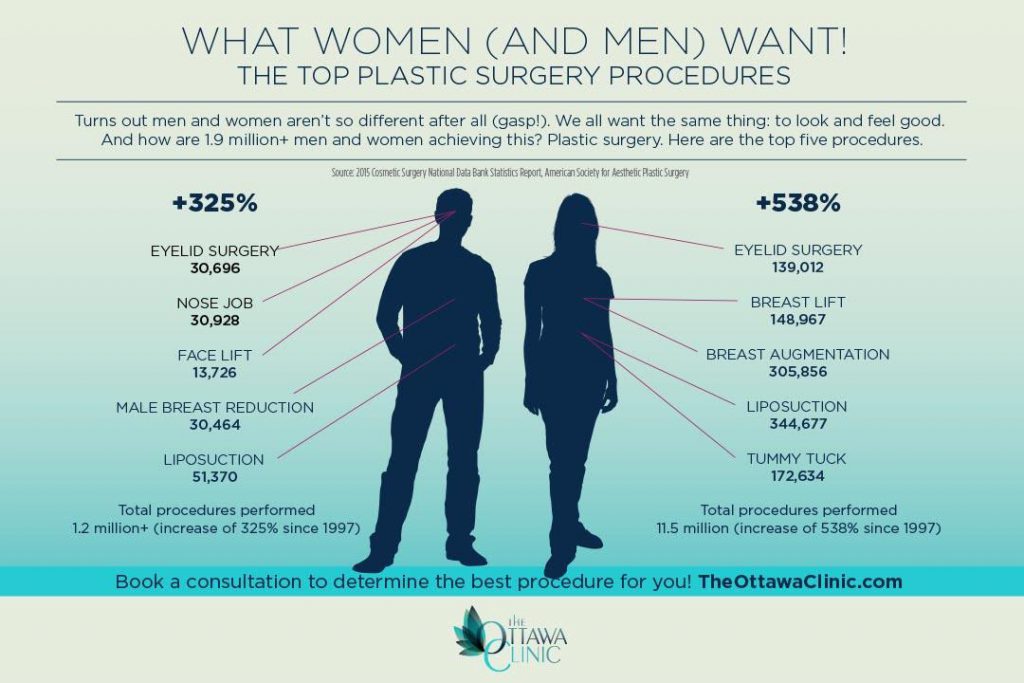How To Treat Acne Scars At Home
How To Treat Acne Scars At Home
Blog Article
How Does Photodynamic Treatment (PDT) Job?
Photodynamic therapy (PDT) integrates a light-sensitive medication with unique light to eliminate cancerous and precancerous cells. Your physician puts the medication on your skin or inside your eye and then shines a light on the treatment area.
This mix kills cancerous cells and spares healthy cells. Yale Medication pulmonologist George Eapen, M.D., clarifies just how this works.
The Photosensitizer
Photodynamic therapy (PDT) utilizes a combination of light and a medication called a photosensitizer to eliminate malignant or precancerous cells and extra healthy and balanced cells. You obtain a shot of the photosensitizer, which is after that activated by light in your body. The photosensitizer is absorbed by both healthy and balanced and malignant cells but isn't toxic till it is turned on by the light.
Light-absorbing molecules, known as photosensitizers, are found in plants and pets, consisting of humans. There are several photosensitizers, yet a lot of have the ability to absorb a specific series of light wavelengths.
When the photosensitizer is exposed to a light with a coordinating spooky range, it's transformed from its ground state right into a thrilled singlet state. This allows it to move power to molecular oxygen, producing singlet oxygen and complimentary radicals that mediate mobile poisoning.
The Light
During treatment, an unique light is radiated on the area where the photosensitizer was used. This light triggers the drug and damages cancer cells or precancerous cells that it has actually targeted.
The medications that are made use of in photodynamic treatment have various absorption properties and some of them might take hours to leave regular cells yet stay much longer in cancer or precancer cells. This process enables the doctor to target cancer cells much more exactly than other types of therapies that make use of noticeable light, such as lasers or electrocautery [54]
Photodynamic therapy can treat the earliest places of sun damages known as actinic keratosis and can lower skin cancer cells advancement in people at high threat for creating the condition. It is also an option for some patients with damp type age-related macular deterioration, which is an usual reason for loss of main vision in older adults. It can not recover the loss of vision caused by this illness, yet it can decrease the development of abnormal capillary development that causes damp AMD.
The Activation
Photodynamic treatment (PDT) utilizes a drug and light to treat cancer and various other skin problem. It targets precancerous cells and kills them. Unlike various other cancer therapies that shed and destroy, this therapy kills precancerous cells while saving healthy cells.
The photosensitizer is provided into the skin with topical, dental or intravenous administration. It is soaked up by the tumor cells and triggered when exposed to light of a certain wavelength. This triggers a sequence of photochemical responses that creates reactive oxygen types (ROS) that damages tumor tissue and kill cancer cells.
PDT is frequently used to treat actinic keratoses and in situ squamous cell cancer (Bowen disease). It can also be utilized to treat various other kinds of skin cancer, including shallow basic cell cancer. It can be used alone therealgenesisx or with other therapies, such as surgery or radiation. It can even diminish growths in the lungs, permitting surgical treatment or various other therapy to be safe and efficient.
The Treatment
PDT functions ideal in tiny abnormal areas of tissue that a light can reach, such as the skin, eyes, mouth or food pipeline (gullet) and lungs. It is additionally made use of to deal with precancerous developments, such as actinic keratoses, which are sun-damaged cells that can turn into cancer.
Physicians provide the photosensitizer as a lotion or shot, and afterwards beam a light on the therapy location. The light damages the abnormal cells. While healthy cells absorb the photosensitizer, it stays longer in cancerous cells.
After the procedure, your body naturally gets rid of the dead cells. Individuals with lung cancer cells might experience divulging blood or have a bronchoscopy to get rid of the lungs of the dead cells. Sometimes, your medical professionals might make use of a bronchoscopy to get rid of the photosensitizer from the lungs too if it creates significant signs and symptoms. It is necessary to remain inside and make use of sun block when you go outside while the photosensitizer is in your system.